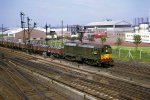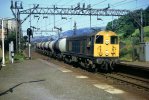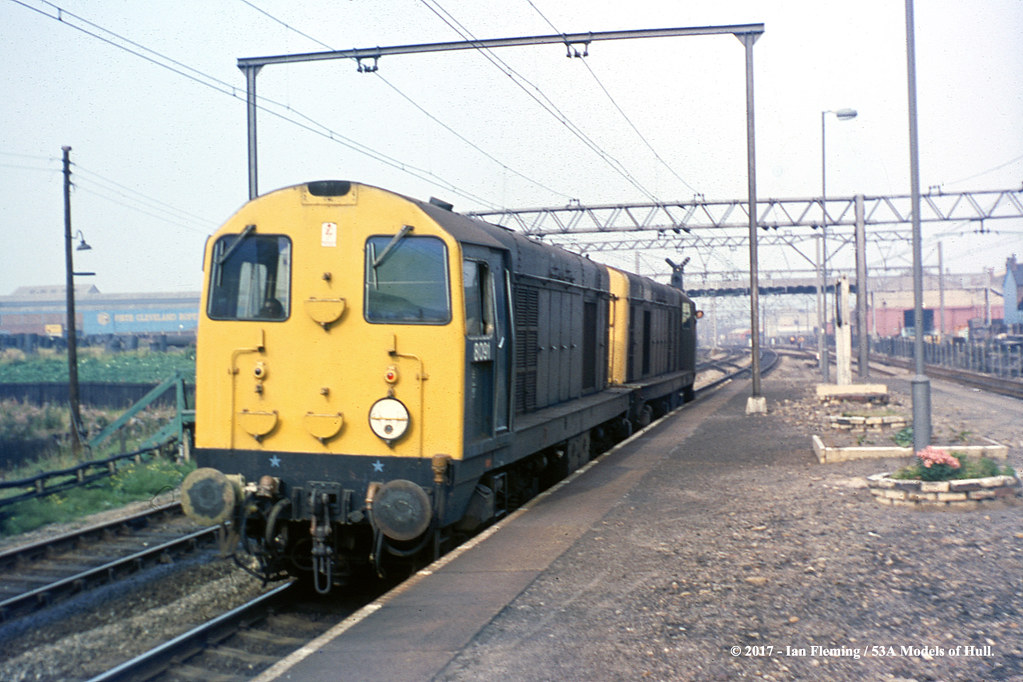Rover
Member
I've been studying Roger Harris's "Allocation History of BR Diesels and Electrics (3rd edition)" and from my own observations in the 1980s there are occasions when class 20s have been observed supposedly allocated to different depots e.g. 20019+20056 Toton and Bescot respectively throughout November 1985 on Toton diagrams. Would this have actually have happened or would it have been extremely unlikely?
Thanks.
Thanks.




 Squinting at the image when enlarged (the last two digits are the ones that are throwing me off the most here), I am reasonably certain that it's either D8081/82 or D8088. Am open to be corrected here of course.
Squinting at the image when enlarged (the last two digits are the ones that are throwing me off the most here), I am reasonably certain that it's either D8081/82 or D8088. Am open to be corrected here of course.